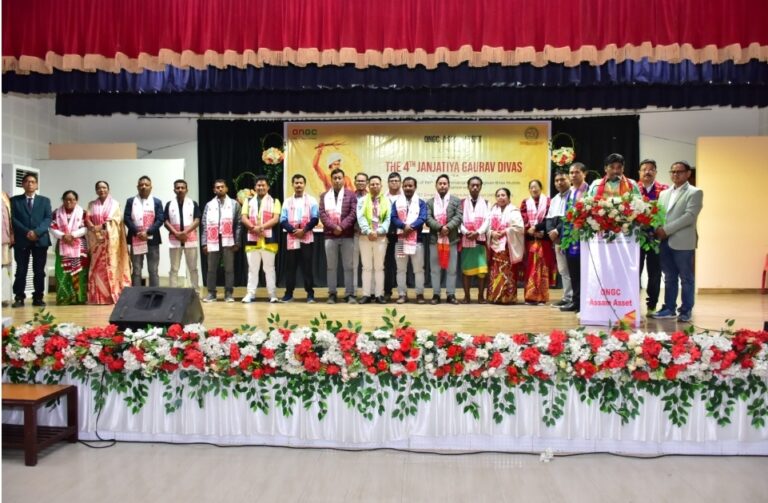Researchers at Indian Institute of Technology (IIT), Guwahati have developed an edible and biodegradable coating to extend the shelf-life of fruits and vegetables.
According to officials, this coating material, which will prevent wastage, was tested on vegetables such as potato, tomato, green chili, strawberries, Khasi Mandarin variety of orange, apples, pineapples and Kiwi and were found to keep these vegetables fresh for nearly two months.
The researchers believe that their development could help the country meet the Sustainable Development Goal (SDG) target 12.3 that is aimed at reducing food losses along the production and supply chains, including post-harvest losses.
“According to the Indian Council of Agricultural Research, between 4.6 and 15.9 percent of fruits and vegetables go waste post-harvest, partly due to poor storage conditions. In fact, post-harvest loss in certain produce items like potato, onion and tomato could be as high as 19 per cent, which results in high prices for this highly consumed commodity,” Vimal Katiyar, professor at Department of Chemical Engineering, IIT Guwahati.
The team used a mix of a micro-algae extract and polysaccharides to produce protective, edible films for coating on vegetables and fruits. The marine microalgae called Dunaliella tertiolecta is known for its antioxidant properties and has various bioactive compounds such as carotenoids, proteins, and polysaccharides.
The fabricated edible films displayed a superior antioxidant activity, total phenolic content, water vapour barrier property, thermal stability, and mechanical strength. They also had excellent UV-Vis light-blocking properties.
Further, multiple other customised edible coating formulations are developed to enhance the shelf-life of products based on the requirement.
“We also tested the biosafety of these coatings by treating BHK-21 cells with these coating materials. BHK-21 cells are derived from the kidneys of baby hamsters and are used for studying the toxicity effects of various materials. Their tests showed that these coating materials were nontoxic and could be safely used as edible food packaging materials.
The newly-developed coatings can be mass-produced and are unique. They are very stable to light, heat and temperature up to 40 degrees Celsius, edible and can be safely eaten as part of the product formulation and do not add unfavourable properties to it. They retain the texture, colour, appearance, flavour, nutritional value and microbial safety of the fruit or vegetable that has been coated, thereby enhancing their shelf life to several weeks to months,” he said.















